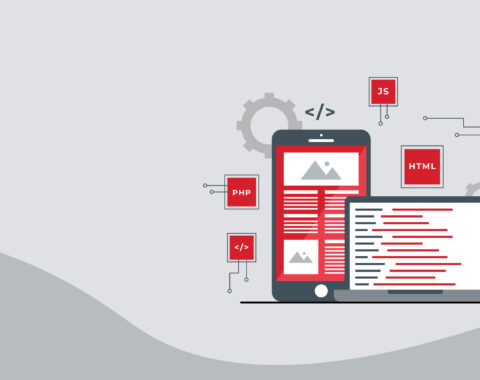Exploring the Future of Application Development through Microservices in Ohio
As the need for more rapid deployment, adaptability, and growth increases in application development, microservices can be the perfect tool to build versatile systems that allow for continuous improvement and scaling with little to no downtime for the user.
Currently, almost all applications (both new and legacy modernization) are being developed on microservices architectures. The approach is vastly superior to the traditional monolithic model and is also better aligned with the business dynamics of today. There are lots of benefits, some challenges, and no reason for any business to ignore it.
Read the white paper here.

Expeed Software is one of the top software companies in Ohio that specializes in application development, data analytics, digital transformation services, and user experience solutions. As an organization, we have worked with some of the largest companies in the world and have helped them build custom software products, automated their processes, assisted in their digital transformation, and enabled them to become more data-driven businesses. As a software development company, our goal is to deliver products and solutions that improve efficiency, lower costs and offer scalability. If you’re looking for the best software development in Columbus Ohio, get in touch with us at today.




